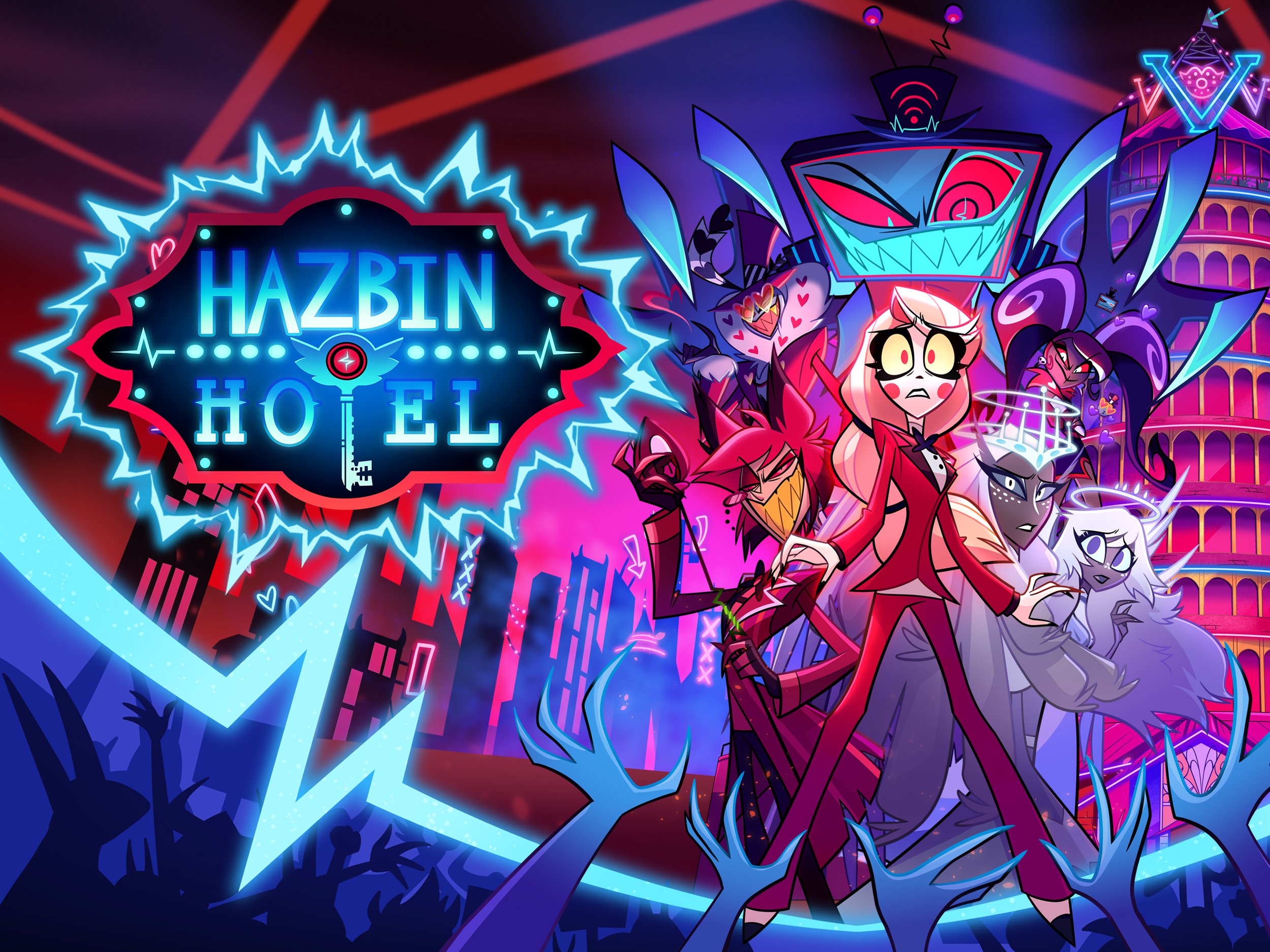Purrforming for Salvation: Cats as a Psychological Allegory for Celebrity Culture
Though widely dismissed as camp spectacle, Andrew Lloyd Webber's Cats offers a rich site for psychological and cultural analysis. This essay argues that the musical functions as a dark allegory for modern celebrity culture, dramatizing the psychological mechanisms of moral injury, ego performance, group judgment, and sacrificial redemption. Through a synthesis of moral psychology, identity theory, and cultural critique, we examine how Cats reflects the underlying anxieties of visibility, worth, and existential validation in the age of fame.
The Jellicle Ball as Ritualized Death and Selection
The central premise of Cats hinges on the Jellicle Ball, an annual ceremony during which one cat is chosen to ascend to the "Heaviside Layer" a metaphorical realm of rebirth. While this structure may appear whimsical, it aligns closely with the mechanisms of ritual sacrifice found in historical religious and cultic contexts. The musical presents a competition for transcendence, echoing the scarcity-driven model of modern celebrity where only a select few achieve lasting fame, while others fade into obscurity.
Psychologically, the Ball mirrors the performative desperation inherent in contemporary fame systems. Drawing from Terror Management Theory (Greenberg, Pyszczynski, & Solomon, 1986), we can interpret the Jellicle Ball as a cultural mechanism to manage existential anxiety through symbolic immortality. To be chosen is to matter; to remain unchosen is a symbolic death.
Identity as Ego Performance and the Fragmented Self
Each cat performs a stylized self, Jennyanydots the domestic saviour, Rum Tum Tugger the rebel, Bustopher Jones the aristocrat. These identities serve as curated brands rather than authentic selves, echoing Erving Goffman’s dramaturgical model of identity (1959). The stage becomes a platform for moral and aesthetic valuation, and the self becomes an object to be marketed, judged, and potentially rewarded.
This aligns with Carl Rogers’ concept of incongruence, where individuals adopt a "false self" to gain external validation, leading to psychological fragmentation. The performance of identity in Cats is not merely theatrical but survivalist: to exist within the Jellicle tribe, one must present a persona worthy of selection.
Grizabella and the Ethics of Redemption
Grizabella, the outcast, embodies moral injury and the traumatic rupture of social belonging. Once glamorous and adored, she is now shunned for reasons never explicitly stated, a narrative absence that mirrors the opaque moral codes governing public shaming in celebrity culture.
Her song "Memory" becomes a plea for reintegration, invoking Jonathan Haidt’s moral foundations theory (2007). The Jellicle rejection stems from group-binding foundations like loyalty and purity, while her eventual redemption reflects a shift to care and fairness. Grizabella's arc also invites comparisons to the cultural phenomenon of the "fallen star" seeking public absolution, a common motif in the cyclical narratives of celebrity rise, fall, and redemption.
Old Deuteronomy and the Cult of the Gatekeeper
Old Deuteronomy, the arbiter of ascension, operates as both divine judge and symbolic industry gatekeeper. His judgment is final, unexplained, and absolute; evoking Max Weber’s theory of charismatic authority (1922) and Freud’s superego construct. He represents the concentrated power of the audience, the industry, and the internalized need for approval.
This figure embodies the ethical ambivalence of gatekeeping in celebrity culture: decisions about who is worthy are both revered and resented. The opacity of his criteria underscores the arbitrary and often unjust nature of fame, where merit and worth are subordinated to spectacle and timing.
Macavity and the Rejected Other
Macavity, the cat who refuses to conform, represents the dark underbelly of celebrity: the scandal, the chaos, the uncontainable. He is unselectable, unredeemable, yet omnipresent. As a psychological figure, he embodies the shadow self (Jung, 1951), the rejected aspects of the collective that cannot be integrated into the moral system.
Macavity's exclusion is not neutral but necessary; he exists to reinforce the boundaries of what is considered acceptable. His presence serves as a warning: not all narratives are redeemable, and not all figures are permitted the grace of reentry.
Audience as Judge and Mirror
The final psychological turn of Cats implicates the audience itself. We are not passive observers but active participants in the ritual. We watch, evaluate, and ultimately validate the performances. In doing so, we mirror the same dynamics present in real-world celebrity culture; feeding on vulnerability, deciding who deserves grace, and moving on when the spectacle ends.
This participatory judgment taps into the mechanisms of social comparison theory (Festinger, 1954) and collective narcissism. We elevate others as a proxy for our own significance, and in rejecting them, we reject parts of ourselves.
Simply Put: The Musical as Morality Play and Mirror
Far from being a whimsical fantasy, Cats functions as a dark psychological morality play. It dramatizes the mechanisms of visibility, shame, identity performance, and social redemption that underpin celebrity culture. Through its surreal structure and emotionally charged performances, it holds up a mirror to the audience’s own complicity in systems of moral judgment and symbolic death.
In the end, Cats is not about cats. It is about us. It is about the cost of being seen, the agony of exclusion, and the haunting hope that, perhaps, we too might be chosen.
References
Festinger, L. (1954). A theory of social comparison processes. Human Relations, 7(2), 117–140.
Goffman, E. (1959). The presentation of self in everyday life. Doubleday Anchor Books.
Haidt, J. (2007). The new synthesis in moral psychology. Science, 316(5827), 998–1002.
Rogers, C. R. (1961). On becoming a person: A therapist’s view of psychotherapy. Houghton Mifflin.






